When compared with the market price, the book value of a stock assists investors in identifying potential investment prospects. A P/B ratio of 1.0 indicates that the market price of a company's shares is exactly equal to its book value. For value investors, this may signal a good buy since the market price of a company generally carries some premium over book value. The price-to-book ratio is simple to calculate--you divide the market price per share by the book value per share. So, if the company’s shares had a current market value of $13.17, its price-to-book ratio would be 1.25 ($13.17 ÷ $10.50). Depreciation applies to tangible assets with a useful life greater than one year.
- Additionally, the company had accumulated minority interest of $6.88 billion.
- Net Book Value represents the carrying value of an asset that is equal to the value after deducting depreciation, depletion, amortization and/or accumulated impairment, to date.
- In other words, it is calculated by taking the original cost of the asset and subtracting the accumulated depreciation or amortization up to the current date.
- If the company has been depreciating its assets, investors might need several years of financial statements to understand its impact.
- NBV is a tool a company can use to demonstrate its value and estimate total financial worth.
- It is the value at which an asset is recorded in the balance sheet of an enterprise.
Using the original cost of the refrigerator and the accumulated depreciation, we can now calculate the net book value the restaurant will record on its balance sheet. Let's now assume that the restaurant has had a refrigerator for a total of 5 years. The accumulated depreciation that the restaurant would report on its balance sheet is equal to $333.33 [(1,000 / 5) x 5]. To calculate net book value, simply take the original cost of the asset and subtract its accumulated depreciation. To find cumulative depreciation, take the per year depreciation and multiply it by the number of years you have owned the asset. As well, net book value can get affected by the type of depreciation method your business uses.
In summary, NBV is a tool for internal decision-making, financial reporting, and tax planning. It helps tell the story of how a company’s assets are valued and managed over time. Looking over this example, we can see how the NBV of an asset decreases over time as it is used in the business’s operations. https://www.wave-accounting.net/ The declining NBV reflects the gradual loss of the asset's economic value and its diminishing capacity to contribute to future revenue generation. To illustrate the concept of Net Book Value (NBV), consider the example of a company that purchases a piece of machinery for its production line.
Netbook value is sometimes called the carrying value of assets, and this amount represents the value of assets at the reporting date in the entity's balance sheet. The net book value of an asset is the carrying value of the asset on the balance sheet. Book value gets its name from accounting lingo, where the accounting journal and ledger are known as a company's "books." In fact, another name for accounting is bookkeeping. Adam Hayes, Ph.D., CFA, is a financial writer with 15+ years Wall Street experience as a derivatives trader.
Market value is going to depend on external factors such as supply and demand effects. The term of book value comes from the accounting process of recording the value of your asset at its original cost. And even though the book value of an asset can stay the same over time, the book value of your business can grow. This is due to an accumulation of earnings that get generated through using your asset.
All About Investment Concepts on smallcase -
Additionally, if an asset undergoes impairment or is subject to specific write-downs, these factors would also modify the NBV. This method of estimating the value of tangible and intangible assets gives Finance the most accurate figures for tracking value over time. In year fifth, the accumulated depreciation will increase definition of wave and pay, buzzword from macmillan dictionary to 90,000 USD, and the Net Book Value will equal to 10,000 or equivalent to the scrap value of assets. Despite its importance, it can be intimidating for those not familiar with financial jargon. Many individuals may not recognize its significance or know how to interpret it within the context of their investment decisions.
Resources for Your Growing Business
The following day, the market price zooms higher and creates a P/B ratio greater than one. That tells us the market valuation now exceeds the book valuation, indicating potential overvaluation. The stock market assigns a higher value to most companies because they have more earnings power than their assets. It indicates that investors believe the company has excellent future prospects for growth, expansion, and increased profits.
Net Book Value Vs. Book Value Vs. Market Value
They typically raise equity capital by listing the shares on the stock exchange through an initial public offering (IPO). Sometimes, companies get equity capital through other measures, such as follow-on issues, rights issues, and additional share sales. It is quite common to see the book value and market value differ significantly.
Book Value vs. Market Value: What’s the Difference?
The IRS provides taxpayers with guidance on depreciation methods and timelines. It's an estimate of the price a buyer would be willing to pay based on larger market influences of supply and demand. Part of this picture is understanding the value of the assets within your organization and how usage and time affect this figure. An accurate financial picture is key to making good decisions for the future. At the end of year fifth, the accumulating depreciation is balanced to depreciable amount do so the depreciation expenses.
Price-to-Book (P/B) Ratio
Step 3 - Subtract accumulated depreciation from the historical cost of the asset. Net book value is significant because it allows a company to calculate its assets’ value accurately. This helps investors understand the value of the underlying assets and how they have depreciated over time. NBV can now be calculated by subtracting the accumulated depreciation from the cost of the refrigerator and comes to $806.67.
Besides his extensive derivative trading expertise, Adam is an expert in economics and behavioral finance. As you have seen, Net Book Value is an important concept in financial reporting. Assets lose most or all of their value with the passage of time, so it's important that this be accurately reflected in the books to provide an accurate picture of what the business is worth. However, just like with many aspects of financial reporting, it relies on fair value reporting. In other words, the accuracy and usefulness of this measure will depend on the reliability of the information it's based on.
This means that you have to reduce the amount the asset is worth by means of depreciation. Otherwise, the short-term asset with a useful life less than twelve months, such as accounts receivable (A/R) and inventory, is recognized in the current assets section of the balance sheet. The Net Book Value (NBV) is the carrying value of an asset recorded on the balance sheet of a company for bookkeeping purposes. Investors can find a company’s financial information in quarterly and annual reports on its investor relations page.
Net Book Value expresses the historical value of an asset after deducting the corresponding accumulated depreciation or amortization. The net book value refers to the historical value of your assets and how you record them. It's a financial metric used to help gain insight into how much an asset is currently worth.
This method is often used for high wear-and-tear assets that will be most used in earlier years of operation. This method accelerates the depreciation to frontload the expense of depreciation losses in its earlier years of service. Depreciation over the period of service begins with the market value, decreasing consistently until it reaches total depreciation. Accounting principles and tax laws outline the specific requirements for the depreciation of assets. Let's have a look at a hypothetical example of an ABC Ltd company's balance sheet to understand the BVPS of an asset.
It does not necessarily equal the market price of a fixed asset at any point in time. Nonetheless, it is one of several measures that can be used to derive a valuation for a business. Net book value is the value of an asset as recorded in the books of accounts of a company. Book value is the value of a company’s total assets minus its total liabilities.
However, it is often easier to get the information by going to a ticker, such as AAPL, and scrolling down to the fundamental data section. This depreciation method works for assets that produce units (for instance, a bottling machine that bottles and seals a certain number of products in a given period). This depreciation, like the declining balance method, front-loads depreciation expense in the years the asset will offer the most use. This depreciation method works well for short-lifespan assets like computers and electronics. NBV offers a snapshot of the company's financial position at a certain time, considering its obligations and what it owns. Keeping an accurate estimate of this decline is central to accounting accuracy.



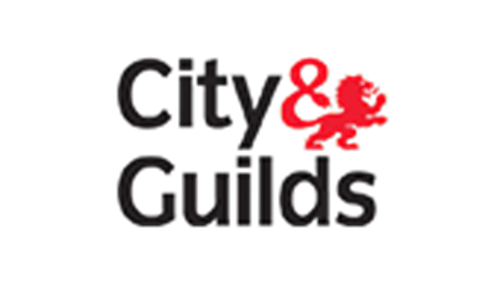













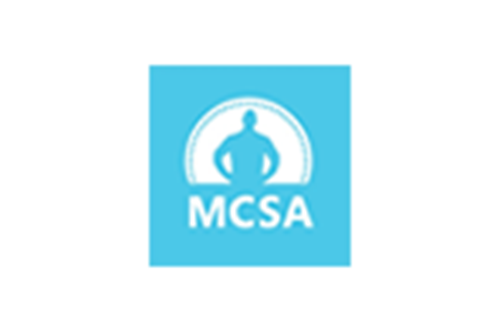
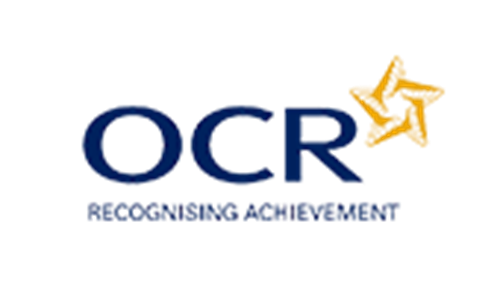


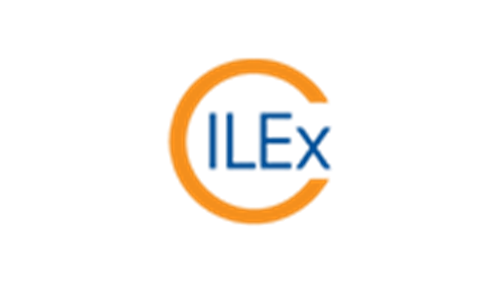



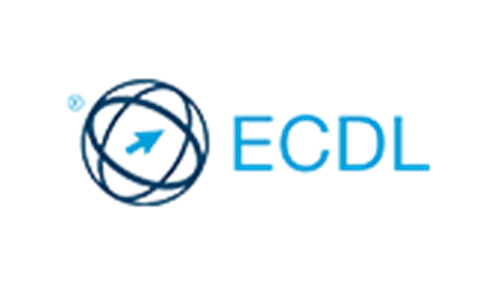




 WhatsApp
WhatsApp